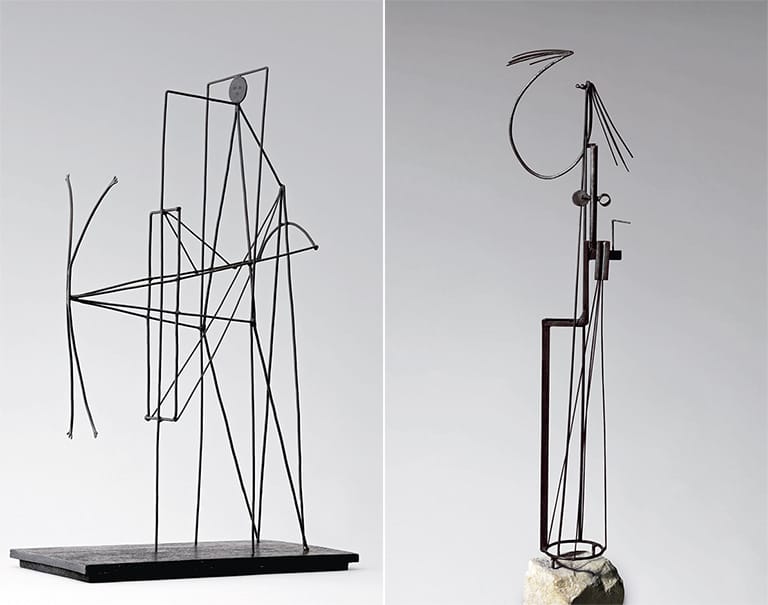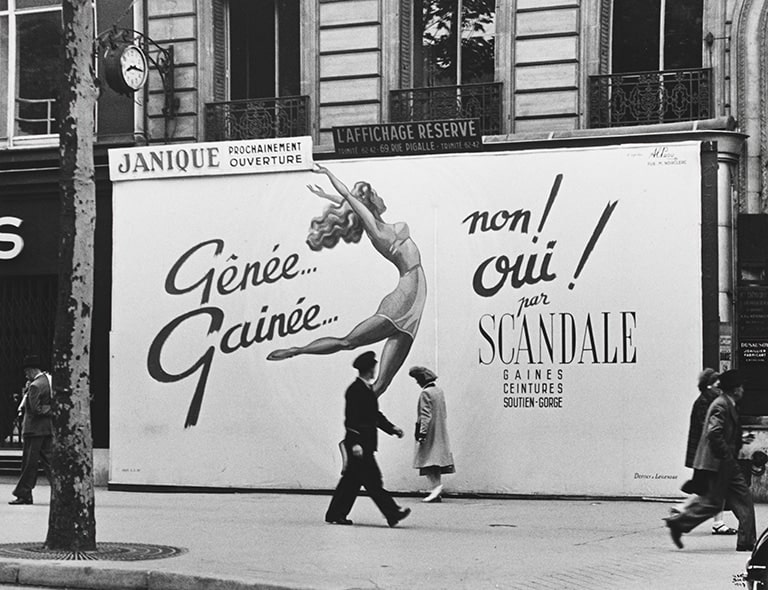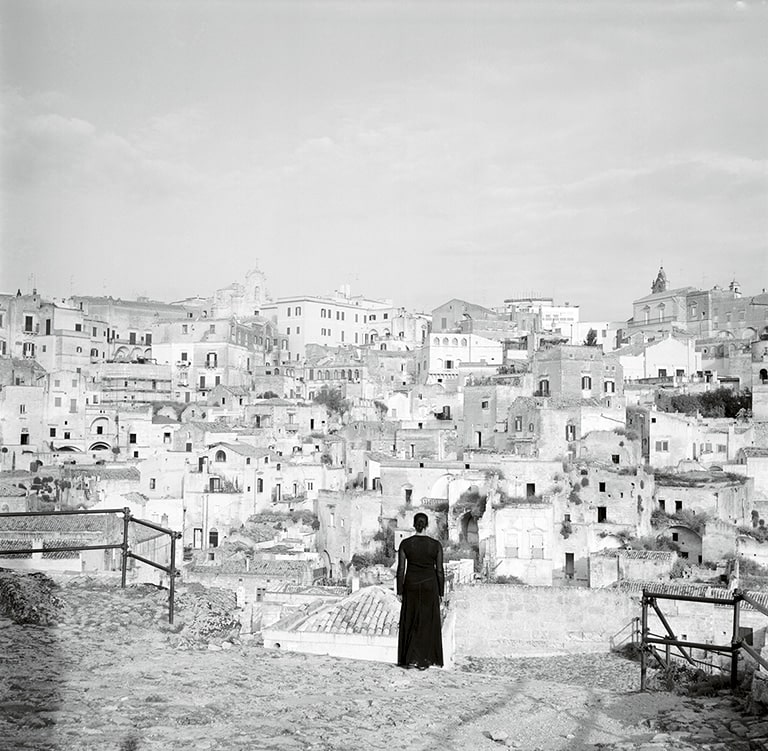Constructivo con ferrocarril [Constructive Train]

Joaquín Torres-García
Constructivo con ferrocarril, 1930
© Joaquín Torres García, VEGAP. Madrid, 2021
© Fundación MAPFRE COLLECTIONS
Technique
Chinese ink and graphite on paper
Dimensions
Paper size: 20 × 18 cm
Frame size: 52 x 70 x 4 cm
Inventory
FM000332
Description
In 1926, encouraged by some of his friends, Joaquín Torres- García decided to move to Paris.During the six years he remained in the French capital, he would become an integral part of the international avant-garde circle and make his most personal contributions to 20th century art and thinking, encapsulated in the notion of “Universal Constructivism”, developing, between 1928 and 1932, his unique vision of pictorial constructivism. In 1930, the year this drawing was made, Torres-García founded, along with Michel Seuphor, the abstract constructivist group Cercle et Carré, though he would soon distance himself from the group and its orthodox discourse, defined by such figures as Theo van Doesburg.
In his constructivist paintings from around this time, we can identify two diverse lines and two genres of work. On the one hand are the more strictly speaking “constructive”creations. These contain within a grid the series of pictograms that the artist conceived to forge a universal symbolic language that would enable a synthesis of figuration and abstraction. Yet, in another group of constructive paintings and drawings, we note a more markedly figurative frame of mind, with echoes, albeit distant, of previous periods in the artist’s career:the syncopated rhythms of city life that Torres-García gave expression to over the course of twenty years in his paintings that depicted the hectic atmosphere of the streets and port of New York City. Constructivo con ferrocarril (Constructive Train), which appears as a synthesis of urban life, belongs to this group.The pictographic elements are organized in superimposed bands, similar to Egyptian mural paintings.The distinct bands speak to each other as different “voices” (see, for example, the counterpoint between the train advancing to the left and the cart pulled by horses moving in the opposite direction).
While the constructivist grid is present, the organization of the elements cannot be reduced to it, but is arranged in a tiered composition. Such a tiered composition – which can be seen in relation to the ziggurat outline and broken lines characteristic of Art Decó style – is a far more dynamic pattern than the Mondrianesque grid. Furthermore, it is important to recall that the ladder was one of the pictograms that, in Torres-García’s work from this period, symbolized the transition from one world to another, the ascent from the prosaic quality of everyday life to the realm of a universal spirit.
[Guillermo Solana]
ELRICK-MANLEY, Marianne (comisaria), Joaquín Torres-García: una vida en papel, cat. exp. Madrid, Museo de Arte Contemporáneo de Madrid, 2008.
GRADOWCZYK, Mario H., Torres-García, utopía y transgresión. Montevideo, Museo Torres García, 2007.
GUIGON, Emmanuel; COMADIRA, Narcís; BONET, Juan Manuel; PÉREZ, Carlos; LLORÉNS, Tomás; SEBBAG, Georges; LAHUERTA, Juan José; CASTILLO, Guido, Torres-García, cat. exp. Barcelona, Museu Picasso, Editorial Ausa, 2003.
JARDÍ, Enric, Torres-García. Barcelona, Polígrafa, 1973.
Joaquín Torres-García: universalismo constructivo, cat. exp. Málaga, Fundación Picasso, 2001.
LLORÉNS, Tomàs (comisario), Torres-García, cat. exp. Valencia, IVAM, 1991.
ROWELL, Margit (comisaria), Torres García: estructura-dibuix-símbol, cat. exp. Barcelona, Fundación Joan Miró, 1986.
TORRES, Cecilia, y BONET, Juan Manuel, J. Torres-García: obra constructivista, cat. exp. Pontevedra, Diputación Provincial de Pontevedra, 1996.




